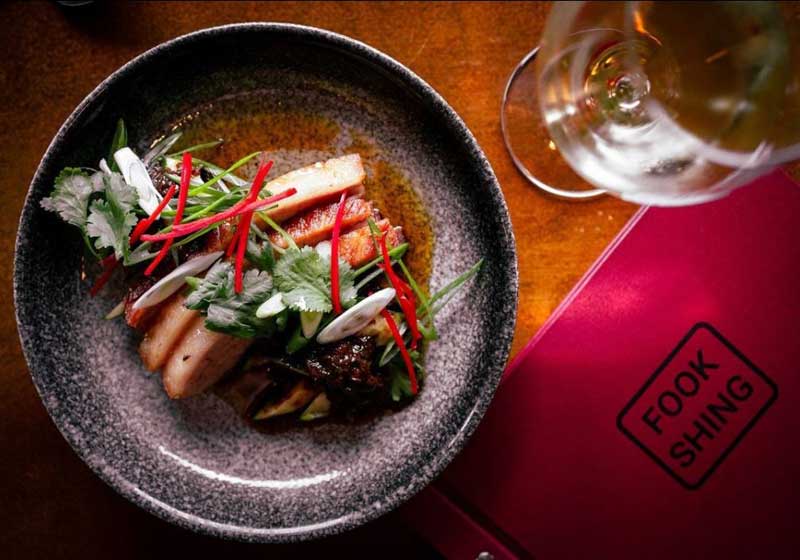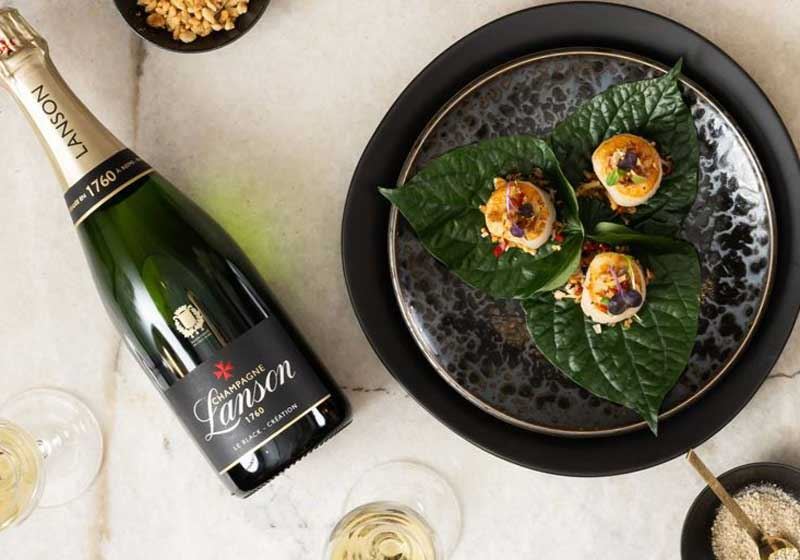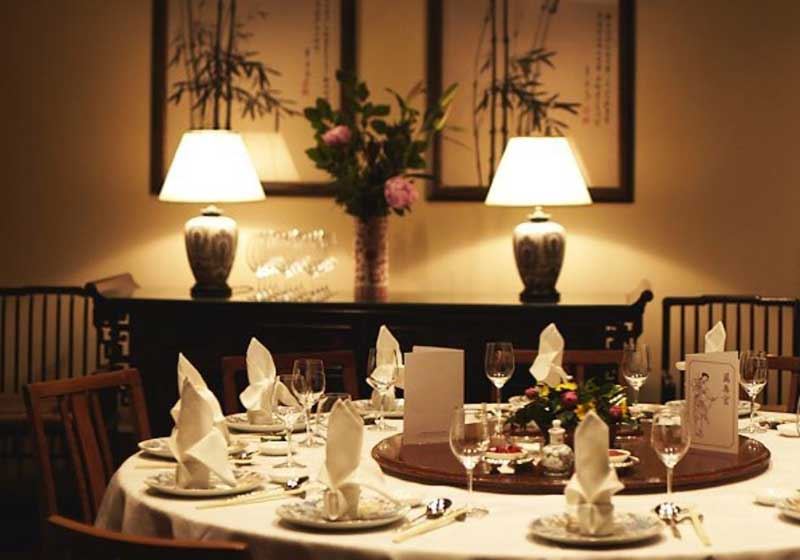By Marie-Antoinette Issa.
Understanding how different cuisines use fire to transform ingredients into incredible meals offers an opportunity to connect with some of the most culinary-rich cultures (and their cuisine) across the globe.
Whether it's the communal asado of Argentina, the regional BBQ of America, the interactive Korean grills, the wood-fired wonders of the Mediterranean, the smoky tandoori dishes of India or authentic Asian stir-fries, fire-based cooking brings a depth of flavour and texture that is truly unparalleled.
Embracing these fiery flavours allows us to appreciate the rich, diverse ways in which cultures around the world harness the power of flames to create unforgettable meals.
Argentinian Asado

Argentinean asado is a culinary tradition deeply rooted in the country’s culture. The term ‘asado’ refers to both the barbeque itself and the social gathering that accompanies it. Typically, asado involves cooking cuts of beef, pork and sometimes lamb over an open fire or on a grill called a ‘parrilla’. The meat is seasoned simply with salt and cooked slowly to allow the natural flavours to shine through.
The cooking process in asado is both an art and a science. The meat is placed on a grill over smouldering wood or charcoal and the Chef, or ‘asador’, carefully manages the heat and smoke to achieve the perfect balance of tenderness and char. The result is a smoky, succulent piece of meat with a crispy exterior and a juicy interior. Asado is a communal affair, often enjoyed with friends and family, accompanied by chimichurri sauce, salads and fresh bread.
American Barbeque

American barbeque is another cuisine where fire plays a central role. The United States boasts a diverse range of barbeque styles, each with its own regional flair and techniques. Whether it’s the slow-cooked, smoky brisket of Texas, the tangy, vinegar-based sauces of North Carolina or the sweet and sticky ribs of Kansas City, barbeque in America is all about celebrating the rich, smoky flavours that fire can impart.
One of the most distinctive aspects of American barbeque is the use of different types of wood or charcoal to flavour the meat. Hickory, mesquite and applewood are just a few examples of the fire starters used to add unique notes to the meat. Smoking and grilling are both common techniques, with each region having its own preferred method. Low and slow cooking over indirect heat is a hallmark of Southern barbeque, while grilling over direct heat is more common in other areas.
Korean BBQ

Korean BBQ, or ‘samgyeopsal’, is a vibrant dining experience where diners grill their own meat at the table. The concept revolves around communal cooking and sharing, with a variety of meats, such as pork belly and beef short ribs, cooked on a built-in grill at the centre of the table.
The meat is typically marinated in a mix of soy sauce, sesame oil, garlic and other flavourful ingredients before being grilled to perfection.
Accompanied by an array of side dishes known as ‘banchan’, including pickled vegetables, kimchi and dipping sauces, Korean BBQ offers a balance of flavours and textures. The grilling process imparts a distinctive smoky flavour and the act of cooking at the table adds a fun, interactive element to the meal.
Mediterranean Meals

Mediterranean cuisine, particularly in countries like Italy, Greece and Lebanon, showcases the incredible flavours that can be achieved with wood-fired cooking. Wood-fired ovens are used to bake pizzas, roast meats and prepare vegetables, imparting a unique charred and smoky flavour that’s hard to replicate with other methods.
In Italy, the classic Neapolitan pizza is cooked in a high-temperature wood-fired oven, which creates a crisp, charred crust and perfectly melted cheese. Similarly, in Greece, lamb and other meats are often cooked in a wood-fired oven or over open flames, developing a rich, smoky aroma that complements the Mediterranean spices and herbs. In Lebanon, fresh eggplant cooked over an open flame form the foundation of one of the most countries popular dishes - baba ganoush.
Indian Tandoori

The tandoor, a traditional clay oven used in Indian cuisine, provides a distinctive flavour profile through its use of high heat and smoke. Tandoori cooking involves marinating meat, fish or bread in a blend of spices and yoghurt before cooking them in the tandoor. The intense heat of the tandoor, which can reach up to 480 C, creates a beautifully charred exterior while keeping the inside moist and tender.
Dishes like tandoori chicken and naan are quintessential examples of this method. The smoky, spicy flavours achieved through tandoori cooking are a hallmark of Indian cuisine, offering a sensory experience that combines heat, spice and aroma.
Asian Stir-Fry

In many Asian cuisines, the use of flames - specifically through the wok - is a symbol of culinary prowess and a conduit for cooking with fire. Originating in China, the wok's design is ideal for high-heat, quick cooking methods. When used over an open flame (or high-powered gas burner) the wok reaches temperatures that allow for rapid stir-frying, searing and even smoking.
This method, often referred to as ‘stir-frying’, leverages the intense heat to cook food quickly, while preserving its texture and flavour. The result is a deliciously charred, smoky taste that is a signature of many Asian dishes. From the bustling street food scenes of Thailand to the refined kitchens of Japan, the wok's ability to harness fire and create vibrant, flavourful meals is a testament to the ingenuity of Asian cooking traditions.







